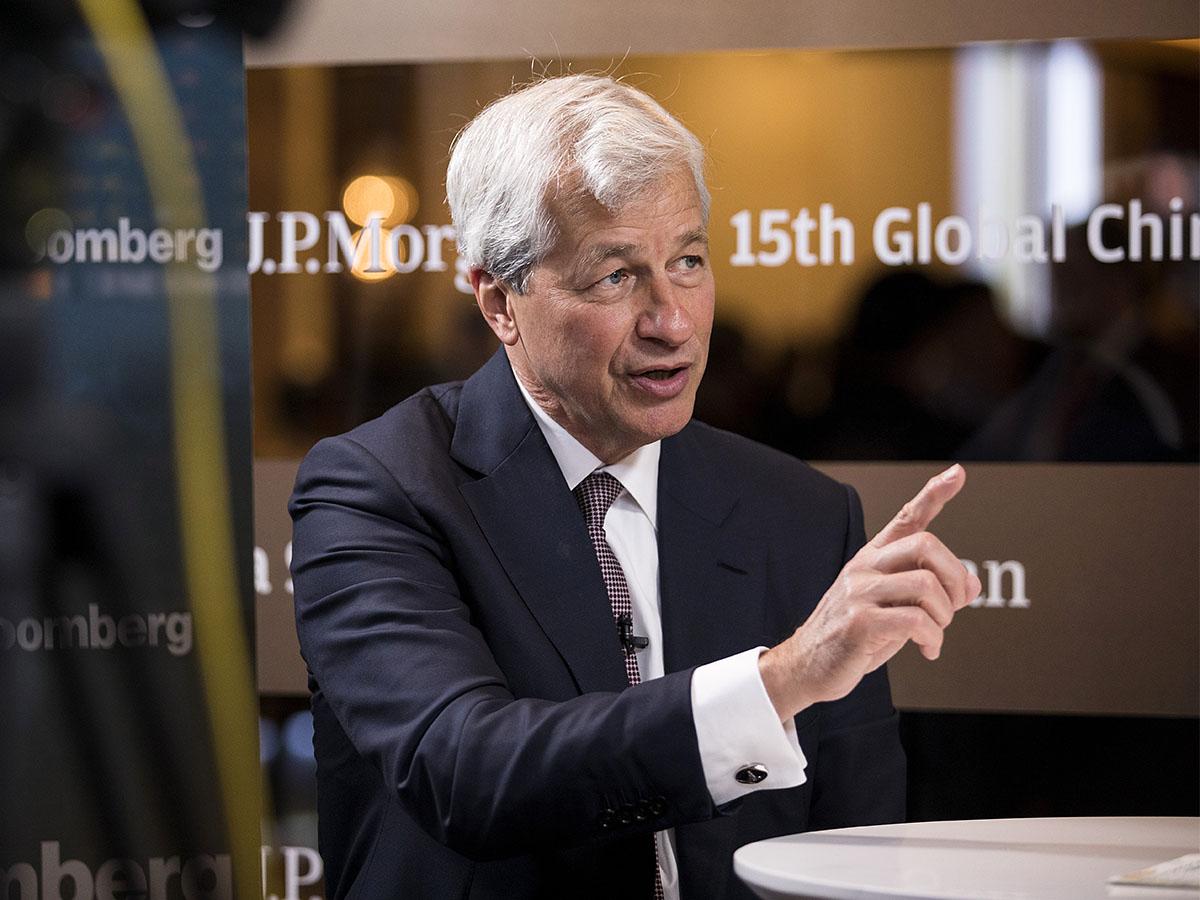JPMorgan's [JPM] share price has defied the odds in 2019. Trade wars, recession fears and a dismal macroeconomic climate have depressed the wider banking sector in 2019.
Defying the gloom is JPMorgan's stock, which is trading just off a 52-week and all-time high of $120.4, having gained 13% since the middle of August. This has cemented its place as one of the world's largest banks with a $379 billion market cap, according to Yahoo Finance.
Why is JPMorgan's share price red hot right now?
An improved outlook over the state of the US economy has helped JPMorgan's share price climb over the past few weeks. Better-than-expected US economic data has reduced fears of a possible recession and led to renewed confidence in economically-sensitive banking stocks like JPMorgan’s.
A cool-down in the US-China trade war has also seen US treasury yield curves climb. Investors had been buying these as a safe haven during the trade spat, pushing yield curves lower. As banks make money on interest fees, any decline could have hurt profits. But with talks on how to end the trade war now pencilled in for October, yields - and share prices - are back up.
How has JPMorgan succeeded over the long-term?
In the decade since the upheaval caused by the financial crisis, JPMorgan has won significant market share in areas such as credit cards, and bond trading. Over this period, the share price has climbed more than 140%.
At the helm during this tumultuous time is Jamie Dimon - banking's last ‘master of the universe’. Dimon has a reputation for close teamwork and an intuitive management style, even from those who he has ousted from the bank.
Under Dimon’s leadership, the bank continues to grow. Last week, it announced it was to pick up most of Deutsche Bank's [DB] hedge fund business - worth around $40 billion in new assets. The move will help JPMorgan add scale to its competitively priced brokerage services.
JPMorgan has invested heavily in its prime brokerage unit, which offers trading services for hedge funds. Global customer prime balances leapt 25% this year to top $500 billion, and the bank has set even loftier targets. In a note circulated on Wednesday, JPMorgan executives said “Next stop $1 trillion!”.
With the prime brokerage market worth $18.3 billion in revenue for the world’s biggest banks this year - up 8% year-on-year - it’s an area JPMorgan will look to grow.
“Next stop $1 trillion!” - JPMorgan executives
Is JPMorgan a buy?
But how much upside is left in the stock? The stock’s consensus price target comes in at $121.63, representing a slim 2.30% upside on today’s level.
The stock trades at 12.11x earnings, which is higher than Wells Fargo's 10.10x and Bank of America's 10.68x. But, JPMorgan's 9.78 earnings per share beats both those banks. An ROE ratio of 13.17% tops the industry average of 12.18% too, another indication that the bank is making better use of investor equity than rivals.
| Market cap | $378.743bn |
| PE ratio (TTM) | 12.11 |
| EPS (TTM) | 9.78 |
| Operating Margin (TTM) | 39.71% |
JPMorgan share price vitals, Yahoo Finance, 24 September 2019
For income-seeking investors, JPMorgan has increased its dividend payout steadily for the past decade, and carries a 3.03% forward yield.
Investors will get an update on how the bank is performing when it releases Q3 earnings results on 15 October. For the past two quarters, the bank has delivered an earnings beat. If it manages to do this for the third time in a row, then the share price could break through analysts’ expectations.
Continue reading for FREE
- Includes free newsletter updates, unsubscribe anytime. Privacy policy





